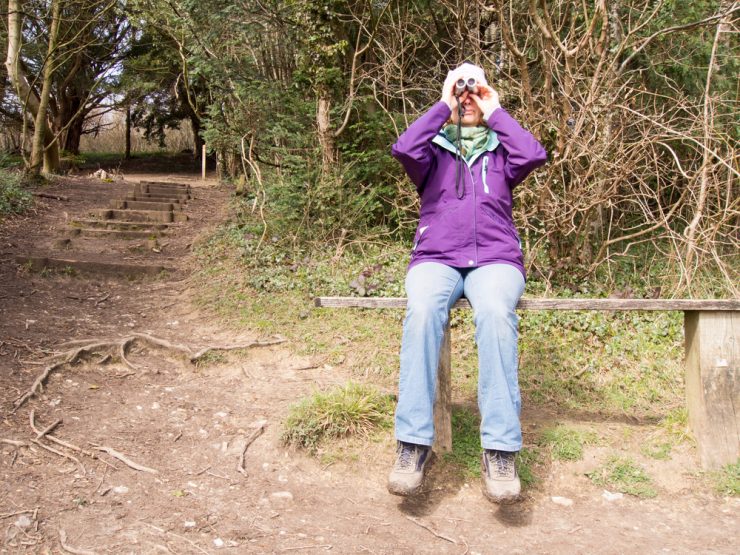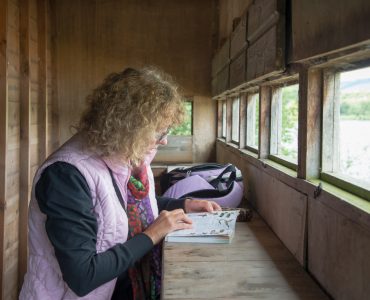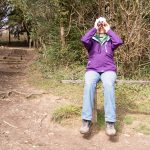The raven is a very commonly found bird not only in Britain but around the world. It is the largest in the crow species, and very similar in size to the buzzard. They are thick necked birds, looking at times like they have an injured neck due to the swollen look. Below the neck is a beard like structure with extremely shaggy feathers at the throat. The bill of the raven is very powerful and very thick as well. The legs and bill of the bird are a total black colour. However, when looking closely at the feathers of the bird, you find that they have a purple coloured sheen, more like it is reflecting a purple surface. The juvenile young ones of the bird are much like the adults raven, only they are slightly on the browner side and have a paler sheen on their feathers.
When the raven is in flight, its tail can be seen like a diamond shaped structure, with its wings beating in a slow and precise manner. In spite of being the largest crow, the ravens are extremely agile both on the ground and in the air. During spring season, you can find ravens performing an orchestra for you in the air, with dives, aerobatic tumbles, and sometimes upside down flips as well. The scientific name for the raven is Corvus Corax. The bird can grow to lengths of about 64 cm, and weighing anywhere between 0.8 to 1.5 kilograms. They are heavy and large birds for this reason. Their wing span is also one of the largest, about 120 to 150 cm in length. The birds are found all year round and are currently marked with a green status in Britain.
The voice or sounds produced by a raven is more like a croak than a bird sound. However, it is very easy to make out a raven by its sound, for it is very much recognisable after you hear it one time. Their call is something like a ‘kronk kronk kronk’ repeated over and over. The ravens of Britain are highly sedentary. However, their juveniles often tend to migrate in the first autumn or during winter after their birth. They fly to distances a maximum of about 30 kms, though some do have the capacity to travel 100’s of miles.
Ravens generally feed on ground levels, and they have a varied diet regime, ranging from insects to small animal to grasses. They fed on carrion, birds and birds eggs, small mammals, insects etc. they also have the tendency to store food in times of shortage. The breeding season of the raven starts during the month of February, with the female carrying 3 to 7 eggs at a time with just 1 clutch. They breed mainly in forest areas or mountainous slopes. Nests are sheltered in ledges or in the forks of trees. Both parents take the responsibility of building the nest using earth, twigs and moss. The incubation period lasts about 20 days which the female alone handles. The young juvenile tends to stay with parents for about 3 to 4 weeks after which it becomes independent.










